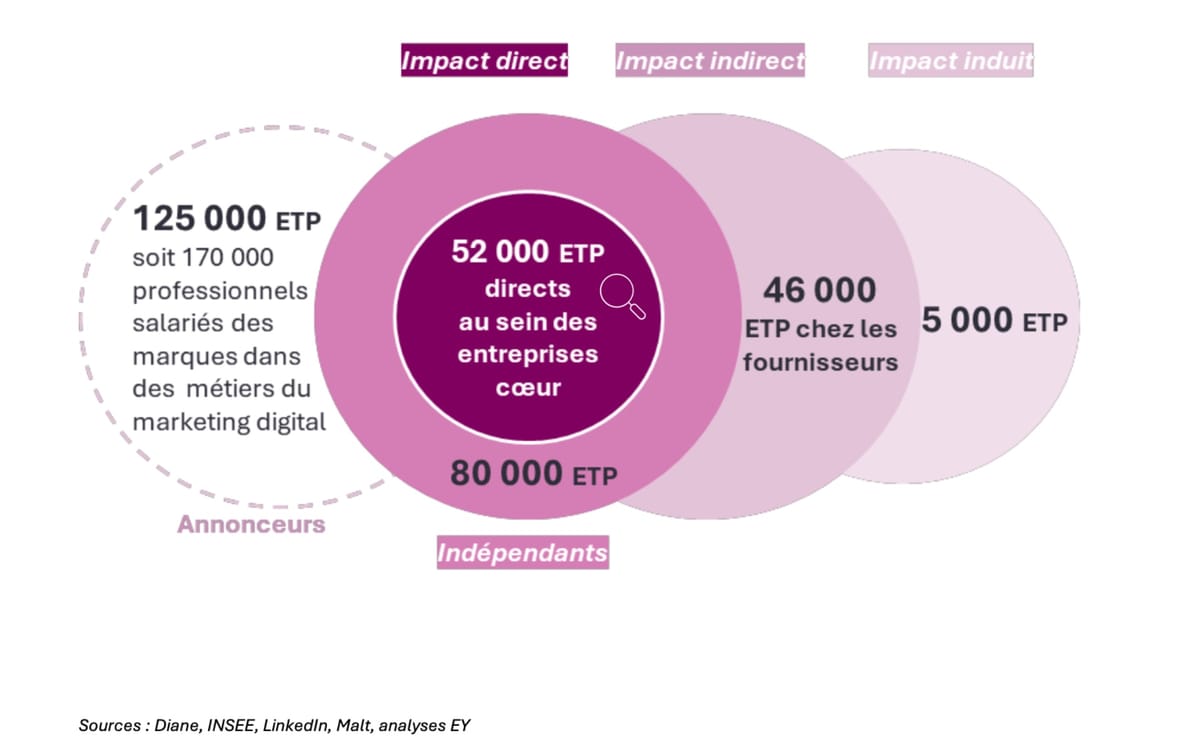Email marketing has been a pillar of digital marketing for years, and it continues to be an important channel for businesses to reach their target audience. However, with the ever-increasing competition for attention in the inbox, marketers need to continually optimize their email marketing strategies to stay ahead and ensure their messages are being seen and engaged with by subscribers. In this article, we will explore some of the key ways marketers are optimizing their email marketing campaigns based on research and industry best practices.
1. Personalization: Personalization is no longer just a nice-to-have in email marketing; it’s a must. Research has shown that personalized emails have higher open and click-through rates compared to generic ones. Marketers are using data such as name, location, purchase history, and browsing behavior to segment their email lists and deliver targeted and relevant content to subscribers. By personalizing the subject line, content, and offers based on subscriber preferences, marketers can grab the attention of their audience and build stronger relationships.
2. Mobile Optimization: With the majority of emails now being opened on mobile devices, optimizing emails for mobile has become paramount. Marketers are designing responsive email templates that automatically adapt to different screen sizes, ensuring a seamless reading experience for mobile users. They are also using larger fonts, clear call-to-action buttons, and simple and concise content that is easily digestible on smaller screens. By prioritizing mobile optimization, marketers can effectively reach and engage their mobile-savvy audience.
3. A/B Testing: A/B testing, also known as split testing, is a popular technique used by marketers to optimize their email campaigns. By testing different variations of subject lines, images, content, and calls-to-action, marketers can identify what resonates best with their audience and make data-driven decisions to improve their campaigns. A/B testing allows marketers to continuously iterate and refine their email marketing strategies, leading to higher open and click-through rates, as well as improved conversions.
4. Automation: Automation has revolutionized email marketing, making it easier for marketers to send timely and relevant emails without manual intervention. Marketers are leveraging automation to send welcome emails, birthday emails, abandoned cart reminders, and personalized product recommendations based on subscriber behavior. By automating repetitive tasks and delivering targeted messages at the right time, marketers can nurture leads, build customer loyalty, and drive revenue.
5. Segmentation: One size does not fit all in email marketing. Marketers are leveraging segmentation to divide their email list into smaller, more targeted groups based on demographics, interests, purchase history, and engagement levels. By sending highly relevant and tailored content to each segment, marketers can increase engagement and conversions. Segmentation allows marketers to deliver the right message to the right people, enhancing the overall effectiveness of their email marketing campaigns.
6. Optimize for Deliverability: All the effort put into crafting the perfect email is wasted if it never reaches the subscriber’s inbox. Marketers are focusing on improving email deliverability by following email best practices, such as using double opt-ins, cleaning their email lists, and ensuring that their emails are compliant with spam regulations. They are also monitoring their email deliverability metrics and constantly refining their strategies to maintain a healthy sender reputation.
In conclusion, email marketing remains a powerful tool for businesses to connect with their target audience. By optimizing their email marketing campaigns based on research and industry best practices, marketers can improve their open and click-through rates, boost engagement, and drive conversions. Personalization, mobile optimization, A/B testing, automation, segmentation, and deliverability optimization are just some of the strategies marketers are employing to stay ahead in the ever-evolving world of email marketing.










Leave a Reply